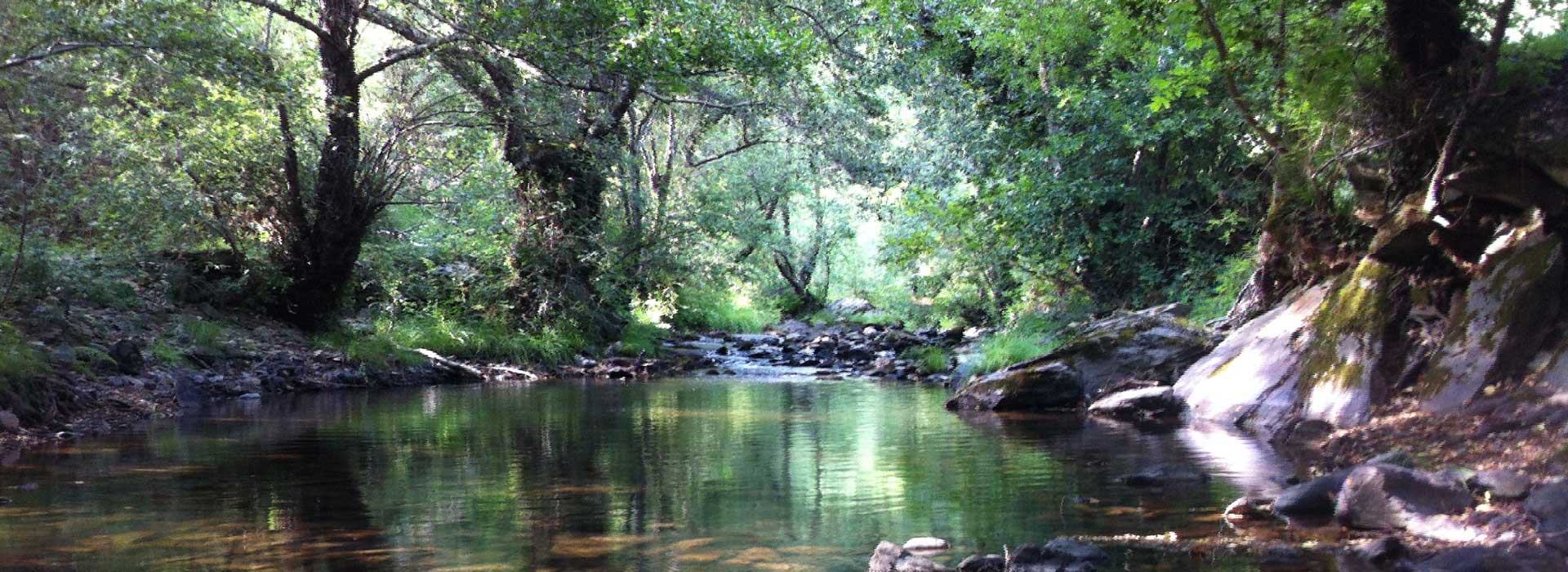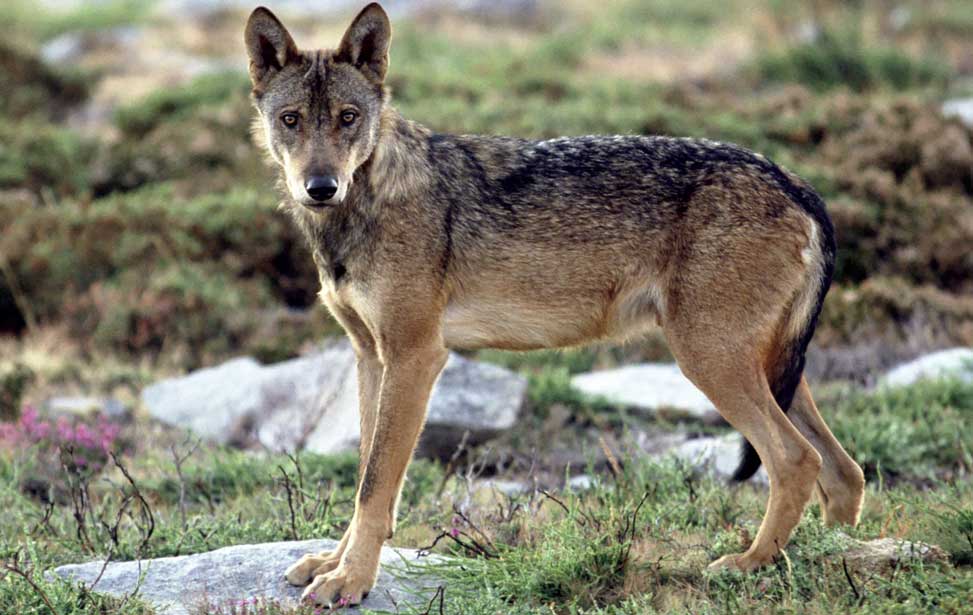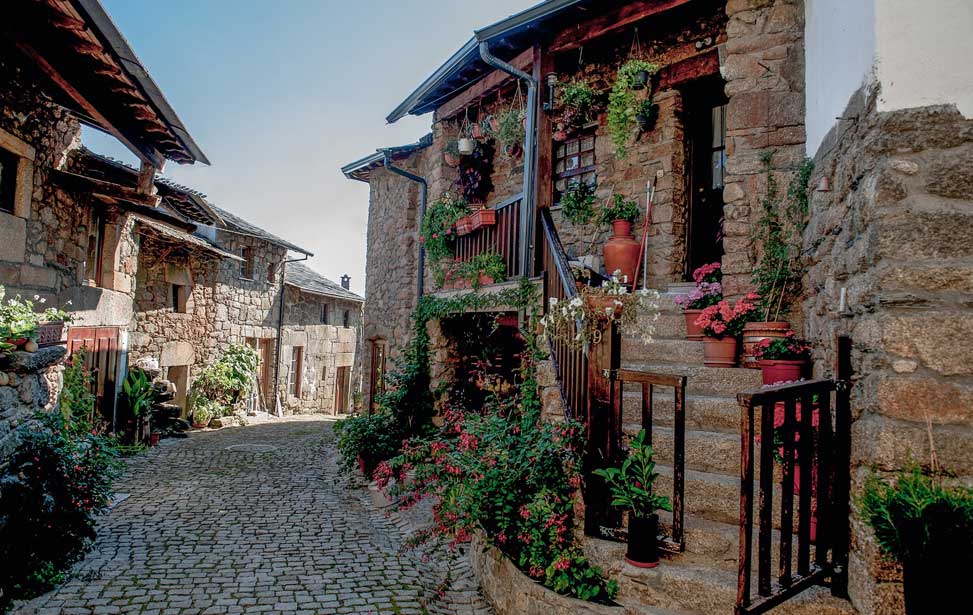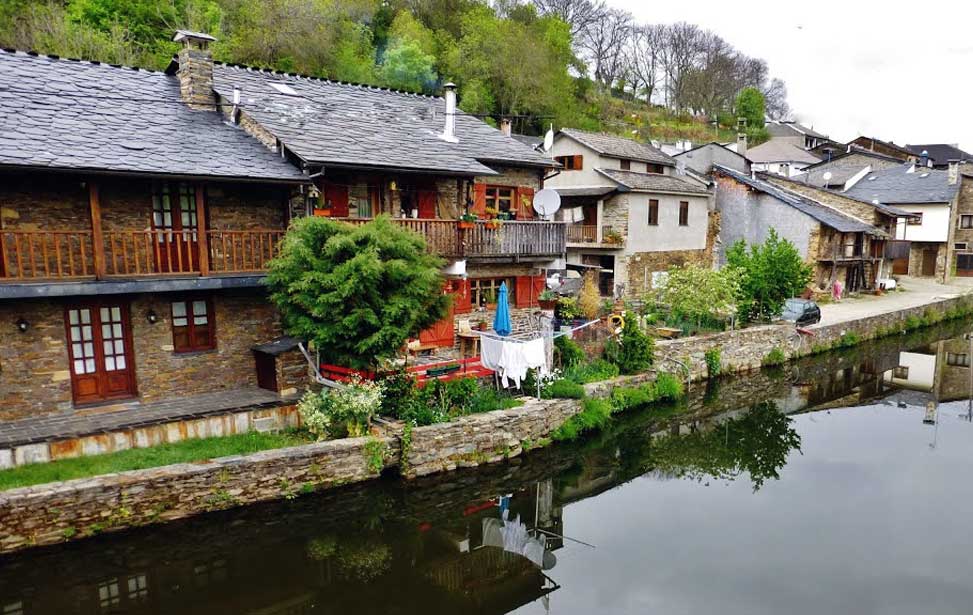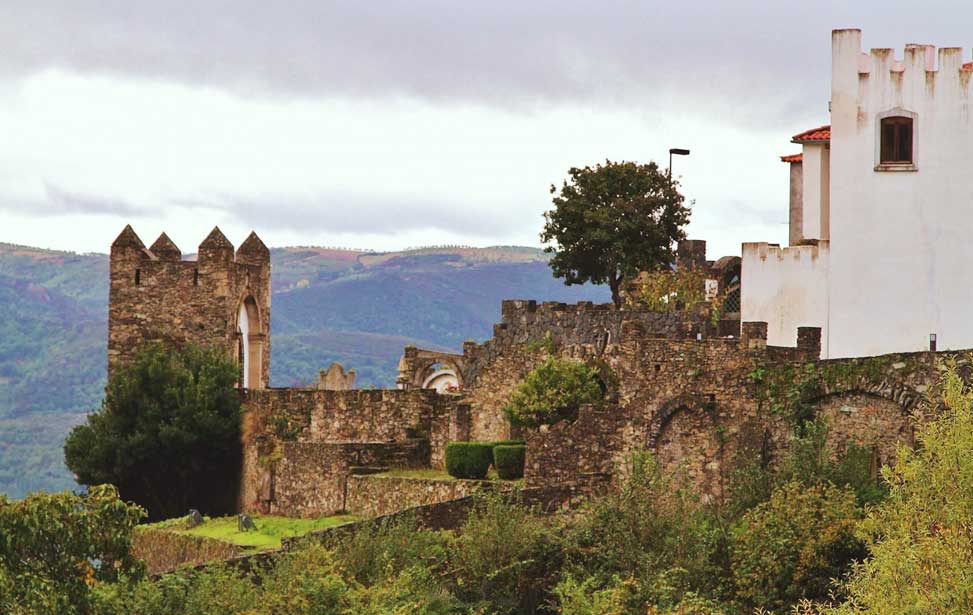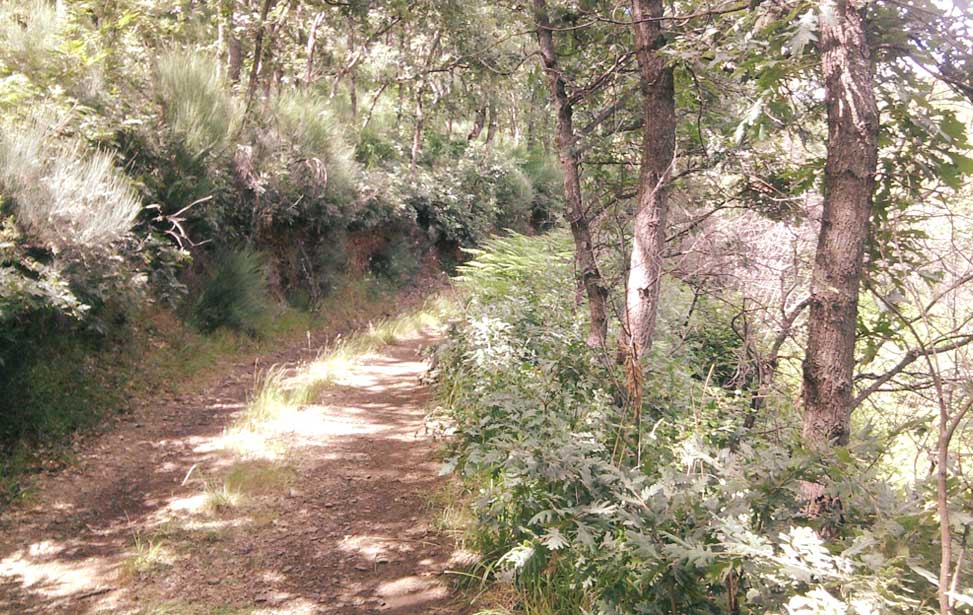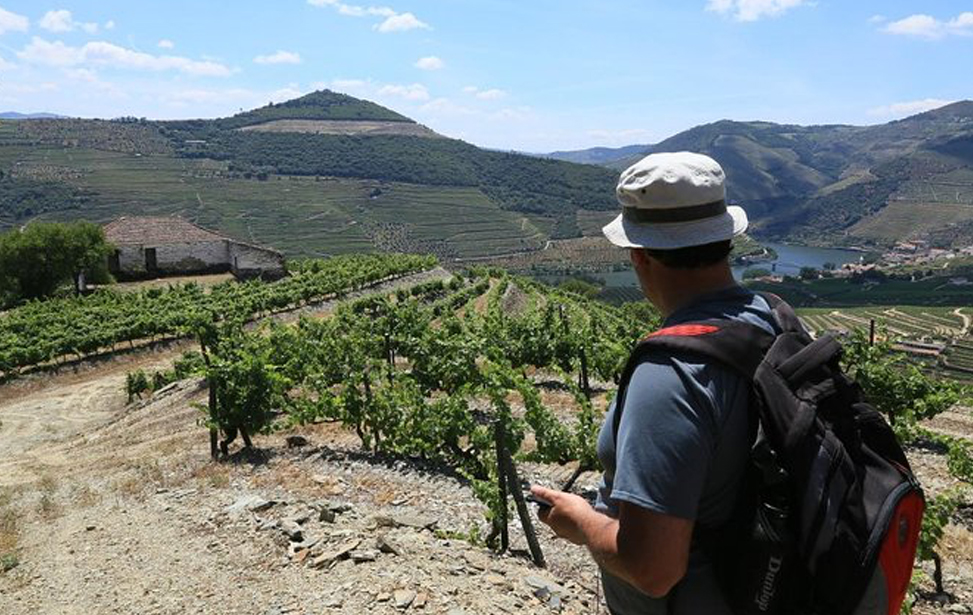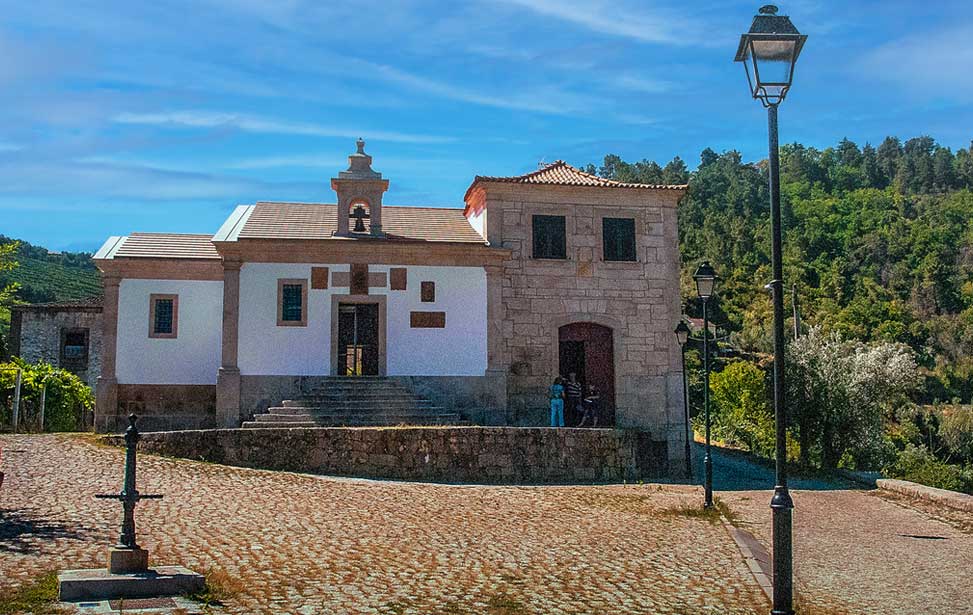PARQUE NATURAL DE MONTESINHO
Located in the far north of Portugal, Parque National de Montesinho is a breathtaking natural sanctuary covering 750 km² of pristine landscapes. This expansive park, one of Portugal's largest natural reserves, is located just north of Bragança and is a haven for nature. The Serra de Montesinho is renowned for its undisturbed beauty, where rolling heather-clad hills, lush wet grass plains, and dense oak forests paint a picture of timeless charm.
A visit to Montesinho offers an authentic escape from the hustle and bustle of modern life. The park’s landscapes have remained unchanged for centuries, providing a glimpse into Portugal’s natural heritage. As you explore, you'll encounter 88 charming villages that dot the park and its outskirts. These quaint settlements often retain their original Roman or Visigothic names, adding a touch of historical intrigue to your adventure.
Whether hiking through its scenic trails, spotting wildlife, or simply soaking in the tranquillity, Parque National de Montesinho promises a memorable experience. Discover the untouched beauty and rich cultural tapestry of this unique park, and let Montesinho's natural splendour captivate your senses.


 MAD ABOUT LISBON
MAD ABOUT LISBON MAD ABOUT SINTRA
MAD ABOUT SINTRA MAD ABOUT PORTUGAL
MAD ABOUT PORTUGAL